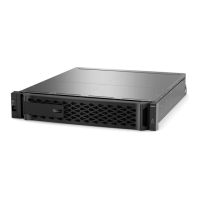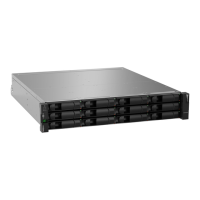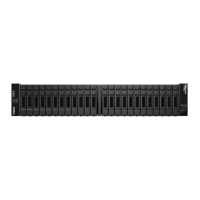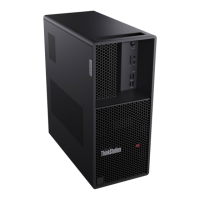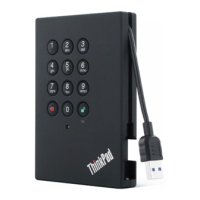The following example shows output of the lluunn ppoorrttsseett sshhooww command:
cluster:> lun portset show
Virtual
Server Portset Protocol Port Names Igroups
--------- ------------ -------- ----------------------- ------------
js11 ps0 mixed LIF1, igroup1
LIF2
ps1 iscsi LIF3 igroup2
ps2 fcp LIF4 -
3 entries were displayed.
Step 3. If any iSCSIs or FC LIFs on an original controller are members of a port set, remove them from the
port set: lun portset remove -vserver vserver_name -portset portset_name -port-name lif_name
Step 4. Delete the LIFs on the original controllers: network interface delete -vserver vserver_name -lif lif_
name
Unjoining the original controllers from the cluster
After the volumes have been moved to the new controllers, you unjoin the original controllers from the
cluster. When you unjoin a controller, the controller's configuration is erased and all disks are initialized.
Step 1. Disable high-availability configuration on the original controllers: storage failover modify -node
original_node_name -enabled false
Step 2. Access the advanced privilege level: set -privilege advanced
Step 3. Identify the controller that has epsilon: cluster show
In the following example, “node0” currently holds epsilon:
cluster::*>
node Health Eligibility Epsilon
-------------------- ------- ------------ ------------
node0 true true true
node1 true true false
node2 true true false
node3 true true false
Step 4. If one of the original controllers holds epsilon, move epsilon to a different controller:
a. Remove epsilon from the original controller: cluster modify -node original_node_name
-epsilon false
b. Assign epsilon to a different controller: cluster modify -node new_node_name -epsilon true
Step 5. From a controller that will remain in the cluster, unjoin each original controller from the cluster
(advanced privilege level): cluster unjoin -node original_node_name
The system displays a message similar to the following:
Warning: This command will unjoin node node_name from the cluster. You
must unjoin the failover partner as well. After the node is
successfully unjoined, erase its configuration and initialize all
disks by using the "Clean configuration and initialize all disks (4)"
option from the boot menu.
Do you want to continue? {y|n}: y
Step 6. Enter y to continue.
The unjoined controller is automatically rebooted and stops at the boot menu.
Step 7. From the unjoined controller's boot menu, select option (4) Clean configuration and initialize all
disks to erase the controller's configuration and initialize all disks.
The system displays a message similar to the following:
Zero disks, reset config and install a new file system?:
This will erase all the data on the disks, are you sure?:
Step 8. Enter y at both prompts.
Step 9. If the cluster has only two controllers remaining, configure high availability for the two-controller
cluster: cluster ha modify -configured true
104
ThinkSystem DM3000x and DM5000x Hardware Installation and Maintenance Guide
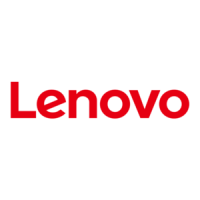
